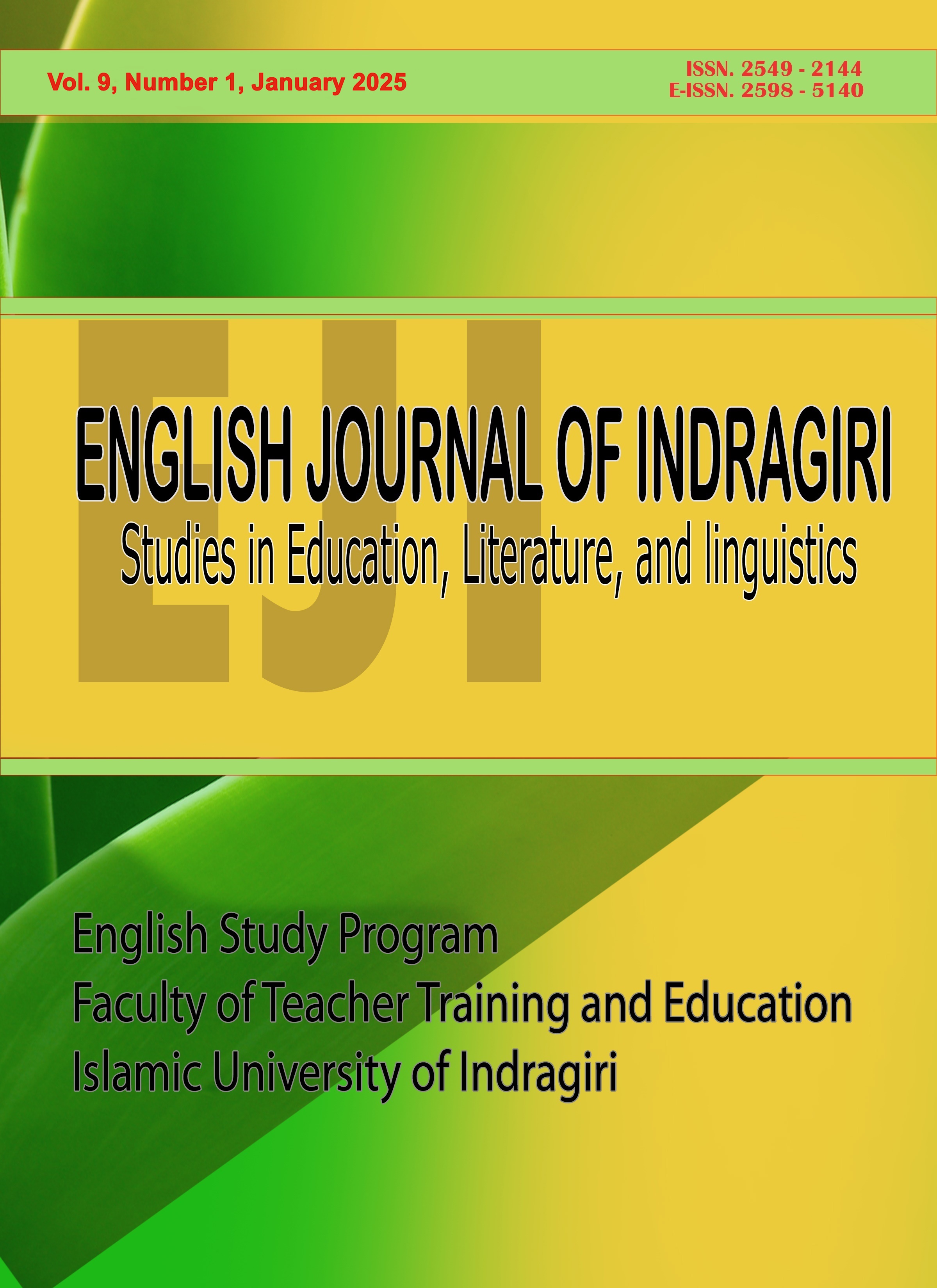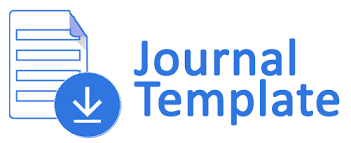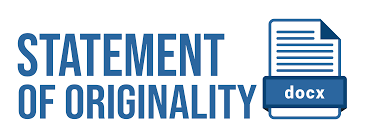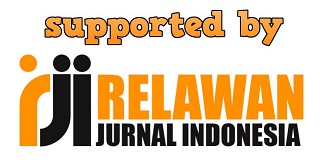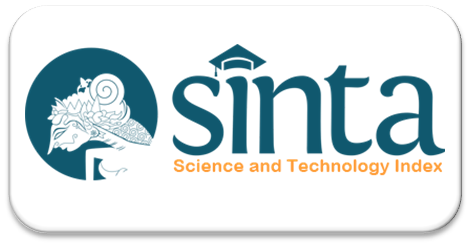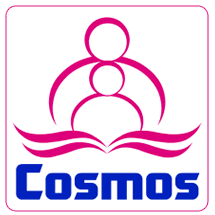Youth Perspectives on Dayak Desa Language in Sintang: Challenges and Opportunities for Preservation
DOI:
https://doi.org/10.61672/eji.v9i1.2859Keywords:
language perspective, , youth perspective, , language preservationAbstract
Research on the use of Dayak Village language in Sintang Regency, especially among young Dayak people, is motivated by the sentiment about the shift in language use and the decreasing number of speakers of the language. The purpose of this study is to see how the position of language use in the social interaction of young Dayak people. This research used a mixed methods approach combining qualitative and quantitative methods, data was collected by surveys and interviews. The participants in this study were students of STKIP Persada Khatulistiwa Sintang aged 17-25 years old. The research findings show that the use of Dayak Village language is in a position that is due to a tendency to decrease the ability, frequency, and scope of its use. This is influenced by social, educational, and psychological factors. The psychological factors that shape the younger generation's attitude towards the Dayak Village language are a strong sense of cultural pride and ownership, which fosters a positive attitude towards preservation. However, some of them experience hesitation or embarrassment in using the language in public due to lack of confidence or fear of judgment. In addition, family is also very important in preserving the Dayak Desa language. Language use by parents significantly affects fluency, while mixed language background or preference towards Indonesian can weaken the use of Dayak Desa. Based on the findings in this study, the following are some recommendations that can be implemented immediately to maintain and develop the Dayak Desa language. Develop technology-based media or teaching materials for Dayak Village language. Integrating Dayak Village language into the school curriculum. Organize Dayak Desa cultural and language events. Increase language opportunities in public spaces and government support for language revitalization.
References
Austin, P. K. (2013). Language documentation and language endangerment. Annual Review of Anthropology, 42, 163-178.
Austin, P. K., & Sallabank, J. (Eds.). (2011). The Cambridge handbook of endangered languages. Cambridge University Press.
Chambers, J. K., & Trudgill, P. (2023). Language Change and Variation. Cambridge University Press.
Crystal, D. (2000). Language Death. Cambridge University Press.
Edwards, J. (2009). Language and Identity. Cambridge University Press.
Fishman, J. A. (1991). Reversing Language Shift: Theoretical and Empirical Foundations of Assistance to Threatened Languages. Multilingual Matters.
Grenoble, L. A., & Whaley, L. J. (2006). Endangered Languages: Language Loss and Community Response. Cambridge University Press.
Grenoble, L. A., & Whaley, L. J. (2006). Saving languages: An introduction to language revitalization. Cambridge University Press.
Hinton, L., & Hale, K. (Eds.). (2022). The Routledge Handbook of Language Revitalization. Routledge.
Hornberger, N. H. (2008). Can schools save indigenous languages? Policy and practice on four continents. Palgrave Macmillan.
Hornberger, N. H., & King, K. A. (1996). Reversing Language Shift: Theoretical and Empirical Foundations of Assistance to Threatened Languages. Multilingual Matters.
Kroskrity, P. V., & Field, M. (2021). The Role of Media in Language Change and Preservation. University of Arizona Press.
Kumagai, Y., & Nakamura, T. (2023). Technological Innovations for Language Learning. Routledge.
Lewis, M. P., & Simons, G. F. (2023). Ethnologue: Languages of the World (25th ed.). SIL International.
Lewis, M. P., Simons, G. F., & Fennig, C. D. (2015). Ethnologue: Languages of the World (18th ed.). SIL.International.
Lewis, M. P., & Simons, G. F. (2010). Assessing endangerment: Expanding Fishman's GIDS. Revue Roumaine de Linguistique, 55(2), 103-120.
May, S. (2012). Language and minority rights: Ethnicity, nationalism and the politics of language. Journal of Multilingual and Multicultural Development, 33(5), 477-480.
Miller, S., & Baker, C. (2022). Innovative Approaches to Language Policy and Education. Palgrave Macmillan.
Mufwene, S. S. (2001). The ecology of language evolution. Cambridge University Press.
Downloads
Published
Issue
Section
License
Copyright (c) 2025 Henry Elisa, Sijono Sijono, Ferdinanda Itu Meo

This work is licensed under a Creative Commons Attribution 4.0 International License.

